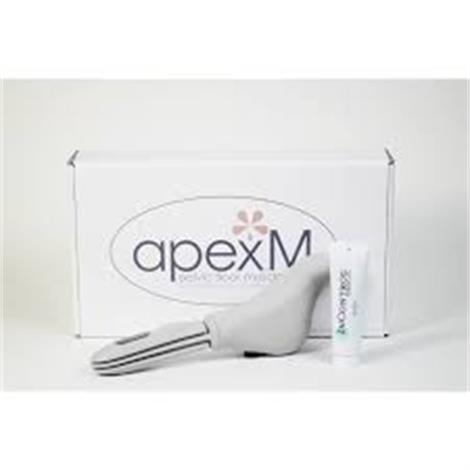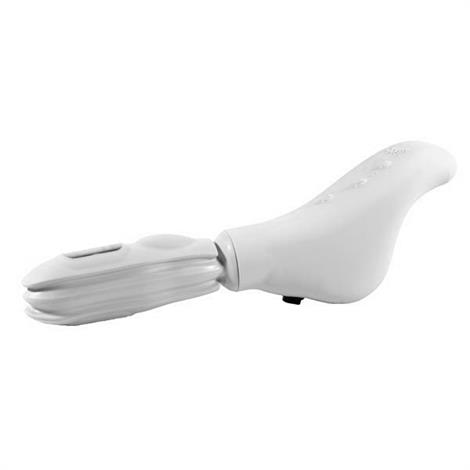

Inhibition of follicular development and the absence of an LH surge prevent ovulation. Progestogen negative feedback and the lack of estrogen positive feedback on LH secretion prevent a mid-cycle LH surge. Decreased levels of FSH inhibit follicular development, preventing an increase in estradiol levels. In individuals using oral contraceptives, progestogen negative feedback decreases the pulse frequency of gonadotropin-releasing hormone (GnRH) release by the hypothalamus, which decreases the secretion of FSH and greatly decreases the secretion of LH by the anterior pituitary. This conversion process is catalyzed by aromatase, an enzyme produced as a result of follicle-stimulating hormone (FSH) stimulation. The granulosa cells of the ovarian follicle then convert this androstenedione to estradiol. Under normal circumstances, luteinizing hormone (LH) stimulates the theca cells of the ovarian follicle to produce androstenedione. Combined hormonal contraceptives, including COCPs, inhibit follicular development and prevent ovulation as a primary mechanism of action. Ĭombined oral contraceptive pills were developed to prevent ovulation by suppressing the release of gonadotropins. The pill was a catalyst for the sexual revolution. Ĭombined oral contraceptives are on the World Health Organization's List of Essential Medicines. For example, one third of women aged 16–49 in the United Kingdom currently use either the combined pill or progestogen-only pill (POP), compared with less than 3% of women in Japan (as of 1950–2014). Use of COCPs, however, varies widely by country, age, education, and marital status. From 2015 to 2017, 12.6% of women aged 15–49 in the US reported using COCPs, making it the second most common method of contraception in this age range ( female sterilization is the most common method). They are used by more than 100 million women worldwide and by about 9 million women in the United States. When taken correctly, it alters the menstrual cycle to eliminate ovulation and prevent pregnancy.ĬOCPs were first approved for contraceptive use in the United States in 1960, and remain a very popular form of birth control. The pill contains two important hormones: a progestin (a synthetic form of the hormone progestogen/progesterone) and estrogen (usually ethinylestradiol or 17β estradiol). The combined oral contraceptive pill ( COCP), often referred to as the birth control pill or colloquially as " the pill", is a type of birth control that is designed to be taken orally by women.

Johns Wort) and some anti-epileptics, also vomiting or diarrhea. Small reversible increase in DVTs stroke, cardiovascular disease Īffected by the antibiotic rifampicin, the herb Hypericum (St. May treat acne, PCOS, PMDD, endometriosis Possible reduced ovarian and endometrial cancer risks. Regulated, and often lighter and less painfulĮvidence for reduced mortality risk and reduced death rates in all cancers. Taken within same 24-hour window each day

For occasional use, see Emergency contraception.


 0 kommentar(er)
0 kommentar(er)
